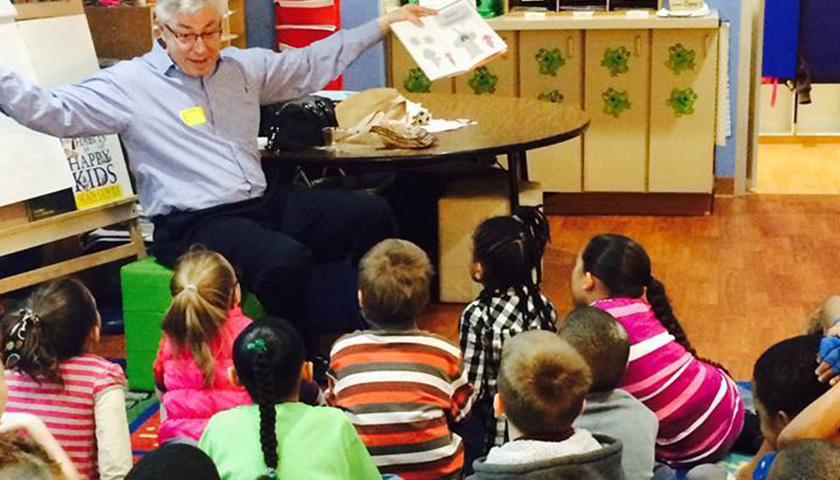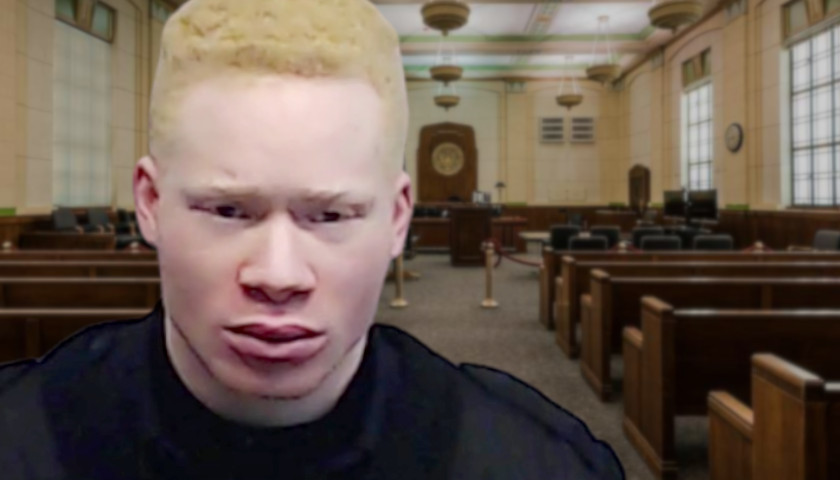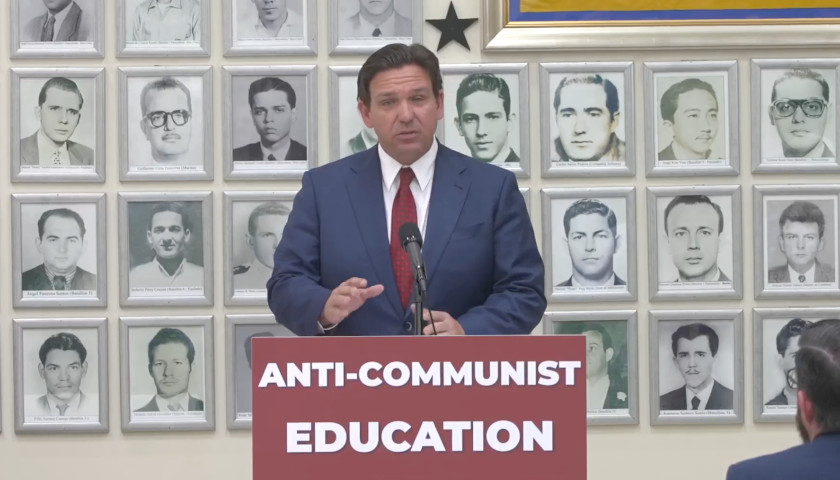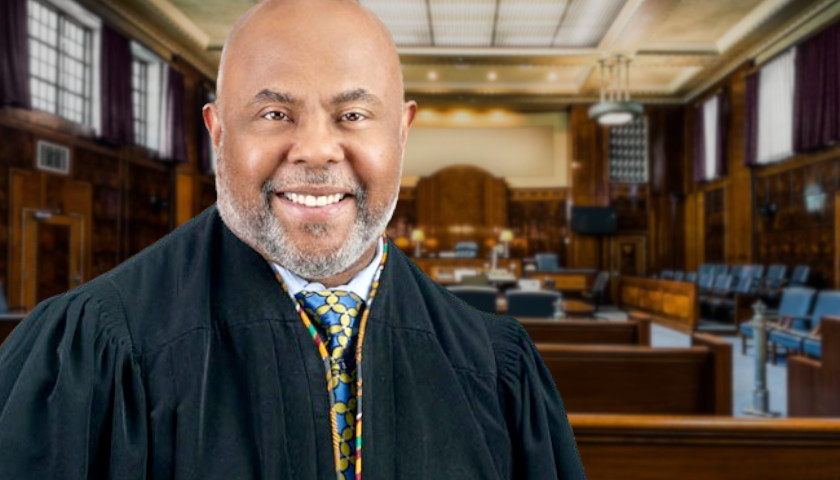by Bruce Walker
Hispanic parents nationally are increasingly investigating alternatives to traditional public schools, according to a survey released this week by Conoce tus Opciones Escolares.
COE reported 59% of Hispanic parents surveyed responded they were considering other education options for at least one child from each family, whereas 52% of all parents – Hispanic and otherwise – responded likewise.
COE describes itself as a sister project of the National School Choice Awareness Foundation.
Krissia Campos Spivey, COE project director, told The Center Square the dropout rate for Hispanic students is 65% higher than it is for white students. She added the pandemic only served to exacerbate education issues for minority students as well as for students of every race.
“The last two years have made the racial achievement gap even worse,” Spivey said.
Other statistics supporting Spivey’s assertion include Michigan’s most recent M-STEP scores, which reveal only 9% of Detroit third graders tested last spring are reading at or above grade level. Out of 3,722 students, 910 (24%) were deemed eligible for third-grade retention, but only 107 – less than 3% – were actually held back. Statewide, 5,700 students (5.8%) were eligible for third-grade retention, up from 4.8% prior to the pandemic.
COE surveyed 1,228 Hispanic or Latino parents of children between the ages of 5 and 18. Nineteen questions were asked, prompting 49% of respondents to say they were considering switching to nontraditional schools due to their students’ learning disruptions as a result of the pandemic; 56% responded they desired a higher quality of education for their children; 49% noted their concerns over bullying and school safety; and 24% answered they had concerns over school curriculum.
Nineteen percent of Latino and Hispanic parents surveyed responded they were “very likely” to consider a new school for their children. However, 66% of parents surveyed said they would consider a traditional public school in their district; 34% would consider a traditional public school in a nearby district; 35% would consider homeschooling; 30% would consider online learning unaffiliated with the local public school; 30% would consider a public charter school; 25% would consider a private or faith-based school; and 21% would consider a theme-based magnet school.
The survey results align with other minority-education polls, including a 2015 Center for Research on Education Outcomes report, which concluded Black students in poverty experienced significant learning gains from enrolling in public charter schools, including gaining nine weeks in English and nearly 12 weeks of math compared to traditional urban public schools. A 2019 Fordham Institute study concluded Black and Hispanic students in public charter schools attained “significant achievement gains” in both rural and urban areas.
“Recent polling tells us that not only do parents and voters overwhelmingly favor charter schools, but that they also strongly believe there should be more options for parents,” Dan Quisenberry, president, Michigan Association of Public School Academies, told The Center Square.
“Voters also say that education has become such a priority for them that they’re willing to cross parties if necessary to support candidates who agree with them on school choice. Charter schools only open when and where there is a need for more school options,” Quisenberry said.
Pamela Haldy is superintendent of Richfield Academy, a public charter school located in Genesee County. Haldy told The Center Square approximately 13% of Richfield’s 589 student body is Hispanic, which has earned the school its “Little Hispaniola of Genesee County” nickname.
“Students at Richfield get more of what they need,” she said. “The teacher to student ratio here is low compared to local traditional public schools, and we’re able to provide more bilingual support. We’re proud to offer our families the choice they need for their children to receive a quality education.”
– – –
Bruce Walker is a regional editor at The Center Square. He previously worked as editor at the Mackinac Center for Public Policy’s MichiganScience magazine and The Heartland Institute’s InfoTech & Telecom News.
Photo “Richfield Public School Academy” by Richfield Public School Academy.








